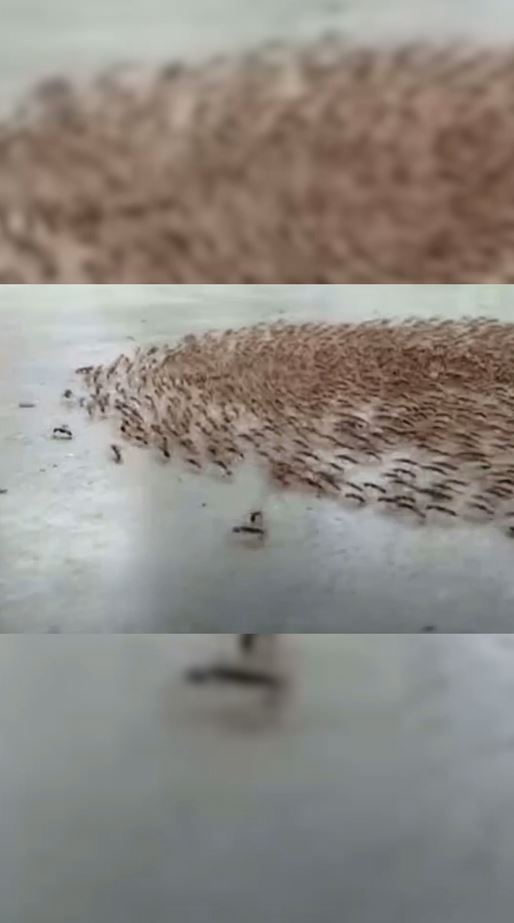Ants are typically viewed as hard-working insects, diligently forming straight trails as they forage for food. Occasionally, however, you might stumble upon a group of ants marching in a perfect, seemingly endless circle. At first glance, it appears almost hypnotic, but scientists have been studying this phenomenon—often called “ant milling” or an “ant death spiral”—for years, and their findings suggest it might serve as more than just an odd spectacle.
In simplest terms, this behavior occurs when worker ants lose track of their original pheromone trail. Ants rely on these chemical signals to navigate, and if the trail becomes muddled or loops onto itself, large groups can start following each other around and around, creating a swirling vortex. Some experts liken it to a feedback loop gone wrong; once the cycle starts, ants continue to reinforce the circular path, often until they collapse from exhaustion.
More intriguingly, anecdotal evidence hints that ant circles may intensify before significant environmental shifts. While much of the scientific community remains cautious about drawing firm conclusions, it’s widely acknowledged that insects in general—ants included—possess heightened sensitivity to atmospheric changes. Sudden drops or spikes in temperature, humidity, and air pressure can trigger noticeable shifts in ant behavior. Some researchers argue that these swirling patterns may be early indicators of events like storms, extreme temperature swings, or local habitat disruptions.
Why does this matter for the casual observer? Because spotting an abnormally large or persistent ant circle might clue you in to changes in local conditions—or at the very least, remind you that our smallest neighbors pay close attention to details we humans often overlook. So, the next time you see ants marching round and round in a perfect loop, take a moment to appreciate the complexity of their world. And who knows—you might even catch a glimpse of nature giving you an early heads-up on something big around the corner.

